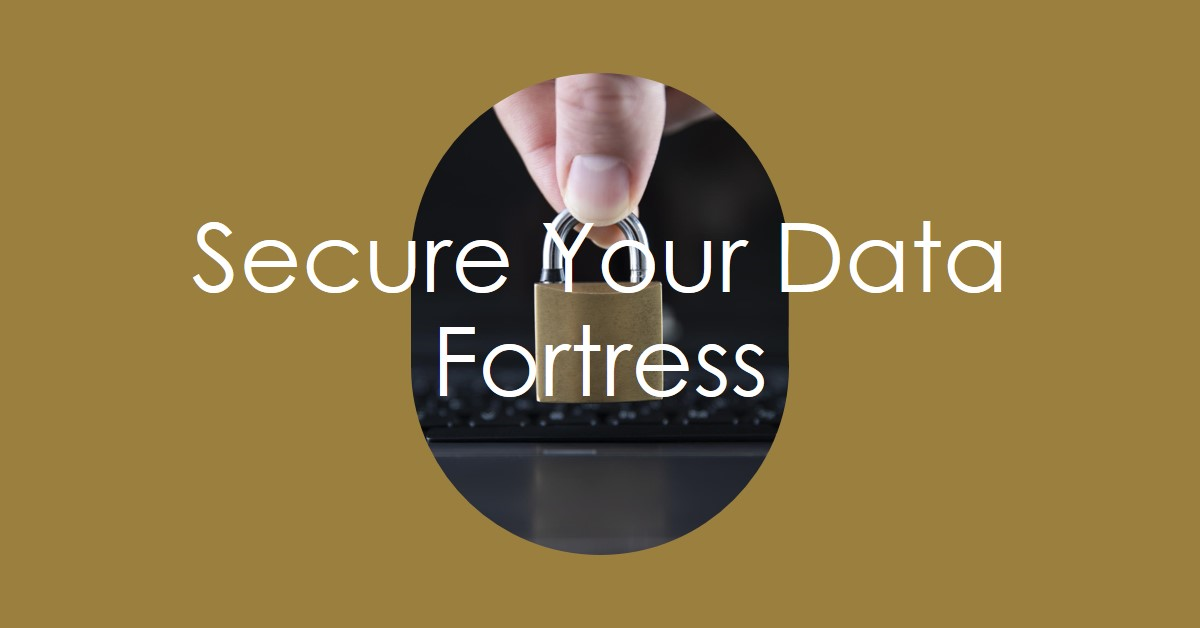

Bank & Insurance SaaS Security: Guard Your Data Fortress
The financial services industry, encompassing both banks and insurance companies, sits on a treasure trove of sensitive customer data. From Social Security numbers and account details to medical records and personal financial information, a security breach can have devastating consequences. In today’s digital age, where cloud-based solutions are increasingly the norm, Software-as-a-Service (SaaS) platforms have become a crucial element in streamlining operations and enhancing customer experience. However, this shift to the cloud necessitates robust cybersecurity measures to ensure the integrity and confidentiality of this sensitive data.
The Threat Landscape: A Zahlenspiel of Cybercrime
Cyberattacks are a constant threat to financial institutions. A 2022 Verizon Data Breach Investigations Report [invalid URL removed] revealed that the financial services industry experienced a 13% increase in cyberattacks compared to 2021. These breaches can be financially crippling, with the average cost of a data breach in the financial services sector exceeding $5 million according to the IBM Cost of a Data Breach Report 2023.
Beyond the financial implications, a data breach can erode customer trust and brand reputation. Building and maintaining a robust cybersecurity posture is no longer an option, it’s a necessity.
Essential Cybersecurity Measures for Banking and Insurance SaaS
SaaS providers catering to the financial services industry must prioritize the following cybersecurity measures to safeguard customer data:
- Data Encryption: Data encryption is the cornerstone of data security. All data, both at rest and in transit, must be encrypted using industry-standard algorithms like AES-256. This ensures that even if intercepted, the data remains unreadable without the decryption key.
- Access Controls: Implementing granular access controls is crucial to restrict access to sensitive data. This includes implementing strong password policies, multi-factor authentication (MFA), and role-based access control (RBAC). MFA adds an extra layer of security by requiring a second factor, such as a code from a mobile app, to verify a user’s identity beyond just a username and password.
- Vulnerability Management: Regularly scanning systems for vulnerabilities and patching them promptly is essential to prevent attackers from exploiting weaknesses in the software. software saas providers should also have a process for addressing zero-day vulnerabilities, which are security flaws previously unknown to the vendor.
- Data Loss Prevention (DLP): DLP solutions can help prevent accidental or unauthorized data leaks. DLP can identify and block sensitive data from being transferred outside the authorized environment, such as via email or unauthorized devices.
- Incident Response: Having a well-defined incident response plan is crucial to minimize the damage from a security breach. This plan should outline procedures for identifying, containing, eradicating, and recovering from an attack. It should also include clear communication protocols to keep stakeholders informed.
- Compliance: Financial institutions are subject to a plethora of regulations governing data security, such as the Gramm-Leach-Bliley Act (GLBA) in the US and the General Data Protection Regulation (GDPR) in Europe. SaaS providers must ensure their platform complies with all relevant regulations.
- Security Awareness Training: Employees are often the weakest link in the security chain. Regularly training employees on cybersecurity best practices, such as phishing awareness and social engineering tactics, can significantly reduce the risk of human error.
P99Soft: Your Partner in Building a Secure SaaS Fortress
P99Soft, a leading provider of security solutions for SaaS platforms, can help banks and insurance companies build a robust cybersecurity posture. With their expertise in data encryption, access controls, and vulnerability management, P99Soft can ensure your SaaS environment meets the highest security standards.
Building a Culture of Security
Cybersecurity is not a one-time fix; it’s an ongoing process that requires continuous improvement. Banks and insurance companies must foster a culture of security within their organization. This includes promoting security awareness among employees, conducting regular security audits, and staying updated on the latest cyber threats.
FAQs
- What security certifications should a SaaS provider for financial services have?
Look for providers with certifications like SOC 2, PCI DSS, and ISO 27001. These certifications demonstrate the provider’s commitment to data security.
- How can I ensure my data is secure when using a SaaS platform?
Ask the provider detailed questions about their security measures, including data encryption, access controls, and incident response plans.
- What steps can I take to minimize the risk of a data breach?
Implement strong password policies, enable MFA, and educate your employees on cybersecurity best practices.
Conclusion
By prioritizing these essential cybersecurity measures, banks and insurance companies can leverage the benefits of SaaS solutions while safeguarding their sensitive customer data. Partnering with a reputable SaaS provider with a proven track record of security is crucial.
Remember, in the ever-evolving landscape of cyber threats, vigilance is key. Are you taking the necessary steps to secure your financial data fortress?
Also know 2024 Media Digital Strategies for Viewer Retention

